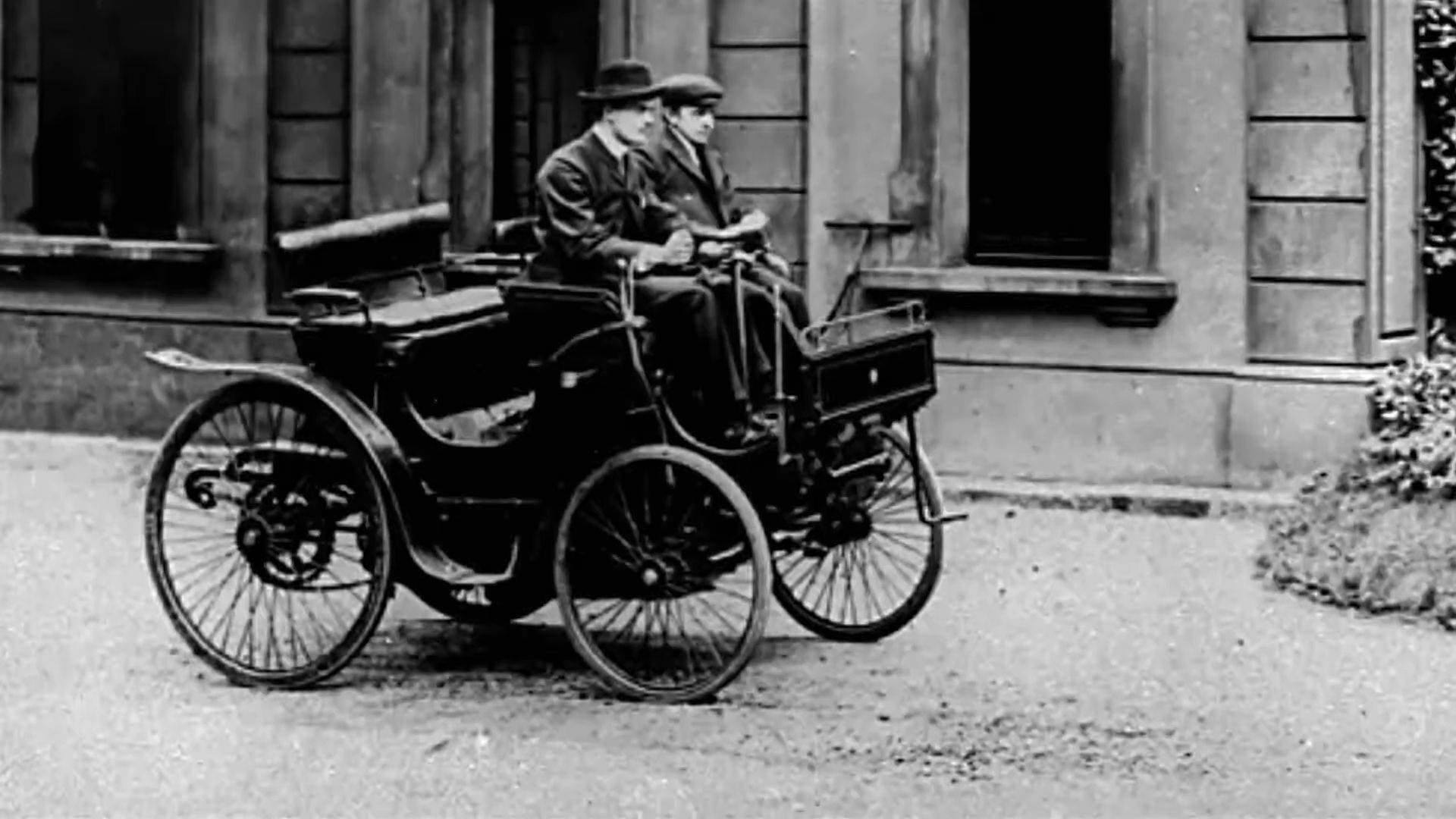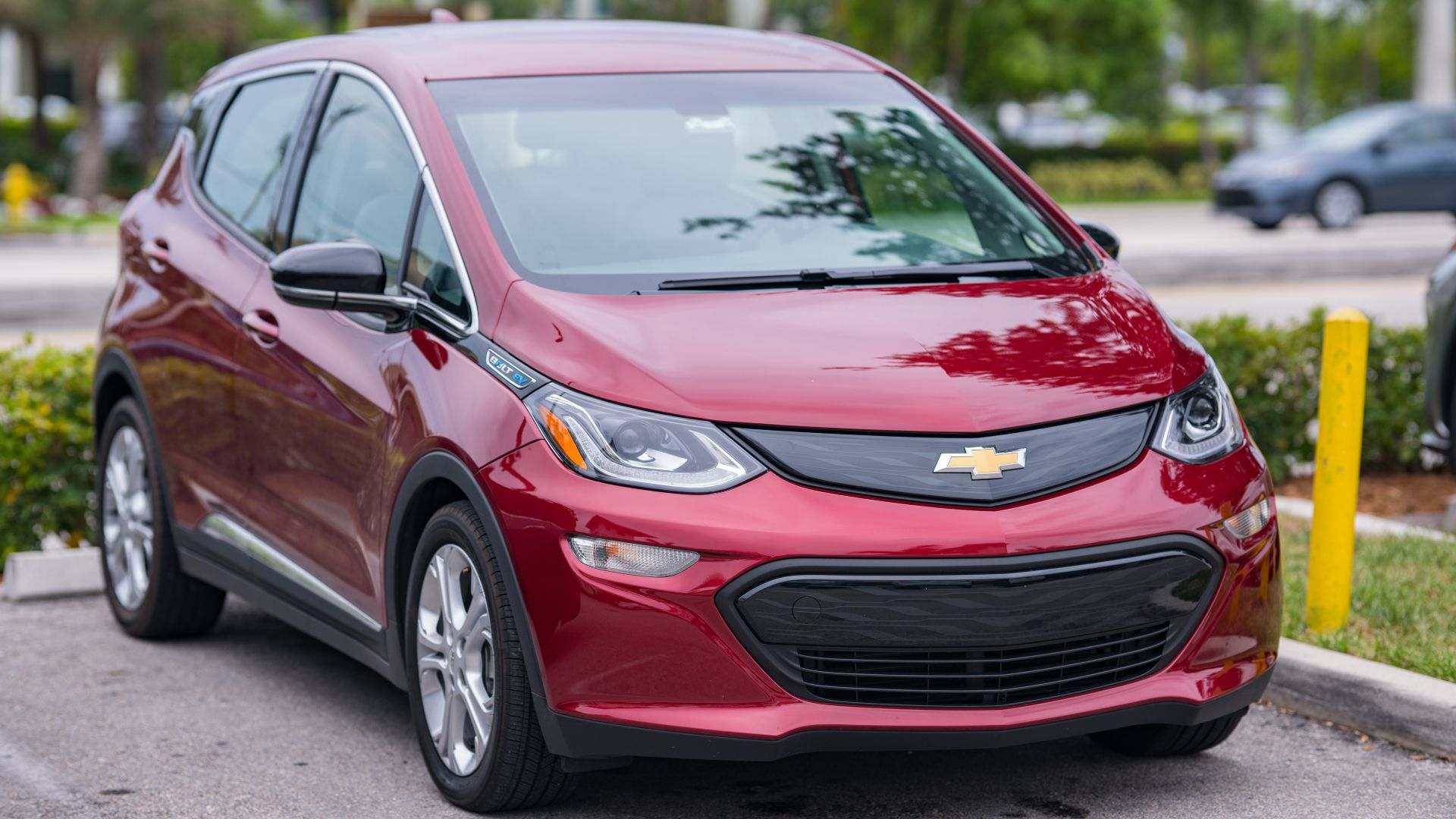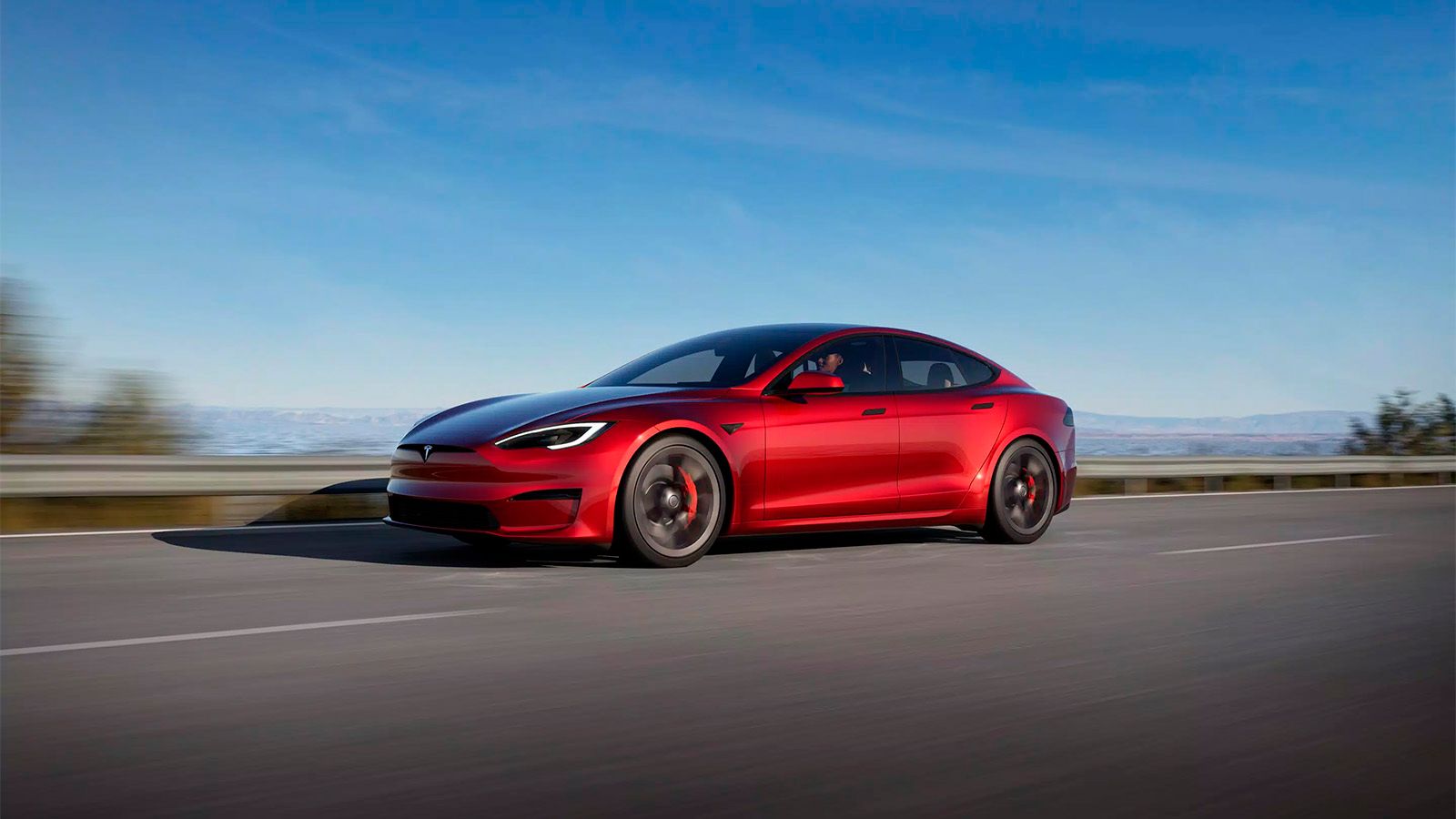Gasoline and electric cars have long competed with one another. While the modern battle between these two must-have vehicles seems to be a fresh rivalry, their story goes back farther than you might think. Over 100 years ago, some of the same issues people face today - range anxiety, Tesla as the EV's "messiah", quick charging power stations, and battery fires were all too familiar among those early adopters of the electric car. To truly comprehend this ancient battle and the need to pursue more eco-friendly transport in the future, let's travel back through time to discover the past of EVs and all the efforts taken over centuries to make them a reality.
From Trolley Cars To Lightweight Electric Autos (1827-1880)
It all began in 1827 when Hungarian inventor Ányos Jedlik created the toy car met with his invention—the "lightning magnetic self-rotor." It wouldn't be until the 1880s that the idea of an electric car started gaining traction worldwide due to the emergence of trolley cars, which offered many people their first taste of rapid transit. Adapting the motor, control systems, and batteries used in these larger vehicles gave way to the small ones, like the Electrobat I. Developed by Philadelphian chemist Pedro Salom and mechanical engineer Henry Morris, the electrobat could reach speeds up to 15mph, traveling 50 to 100 miles on a single charge, and was lighter than its gas-powered competitors at the time. But despite its performance, Thomas Edison was still impressed by Henry Ford's Quadricycle and favored the idea of gasoline fuel instead.
How EVs Went From Struggling To Soaring
The problem was that long-distance trips were only viable if most homes had electricity at the turn of the century. Standards for plugs varied from place to place, making consistency in recharging almost impossible. Additionally, lead-acid batteries were maintenance heavy and would often need to be replaced after a few months of usage were finished. All of these items led to great disappointments for those holding out hope for the adoption of the electric car, particularly after Charles Duryea, an unsatisfied EV owner, complained about how difficult they were to maintain and likened caring for an EV's batteries to looking after a hospital full of sick dogs. Things changed drastically, however, when urban electrification began rapidly growing around 1905. It brought about far cheaper electricity prices, prompting electrical companies to offer incentives like free loyalty appliances in exchange for contracts and weekly fees. With horse traffic jamming roads and slowing down production and sales, businesses began turning to electric trucks with fewer maintenance requirements and faster driving speeds. During this time, The Anderson Carriage Company introduced the Detroit Electric, while rival Baker Motor Vehicles sold a roadster that could hit 40 mph, matching the Model T of the time. By 1912, EV sales had tripled, though nothing compared to the 82,000 Model Ts that Ford sold.
EVs Take A Fateful Turn With The Electric Starter
Despite the rise in popularity, EVs needed help to keep up, especially after Charles Kettering introduced the electric starter in 1912, eliminating the one barrier preventing women from operating these automobiles; before this, starting a gasoline engine involved intimidating manual labor where you'd need to turn a large crankshaft associated with a flywheel. Furthermore, rural roads saw greater improvements than those running through cities, giving a huge advantage to touring cars fueled by internal combustion engines. Fortunately, famed inventor Thomas Edison worked alongside Henry Ford in 1914 to give the electric vehicle a new lease on life. Sadly, the results left much to be desired without a better battery, and both men ended the project a few years later, in 1917. It wasn't until 1939, nearly 20 years afterward, that EV makers discontinued sales of their products altogether.
Exploring The EV Revolution Led By Tesla And Elon Musk
But the story doesn't end there! In the 21st century, EVs experienced highs and lows in demand before eventually seeing another resurgence in popularity again. Elon Musk sparked a revolution in the industry with his Tesla models, as more people look towards innovative and eco-friendly alternatives to gasoline-powered vehicles. Electric mobility has become increasingly attractive, with green consciousness rising rapidly over the past decade. Significant improvements regarding lightweight high-capacity batteries and powerful drivetrains have enabled more ambitious all-electric cars such as Tesla Model S, Nissan Leaf Regner-E, BMW i3, and Kia Soul EV that successfully bridge the gap between theoretical efficiency and true practicality. As environmental goals become pressing, we can expect steady progress toward electric integration and exciting potential opportunities worth exploring, such as contactless wireless charging, mass transport applications, photovoltaic-charged long-distance travel, and electric commuter shuttles.
Today, the battle between gas and electric vehicles continues, though this time round Elon Musk has stepped into the role of Electric Car Messiah. There is still work for these modern-day electric vehicles– yet the evolution toward greener technology looks inevitable. Perhaps motoring in a combustible vehicle could become a phenomenon of the past. Electric vehicles represent a turning point in automotive history, and the future looks electrifying. Thanks to the brave visionaries of the recent past, going electric is now a tangible, achievable reality. From humble beginnings, every step has helped shape the amazing technology at our fingertips. So the next time you take your electric steed for a spin, remember the decades of innovation that got us here. As true history buffs, let's hope that looking back on this time will provide future generations with a different outcome than repeated stories of rejection and suppression faced in years before.



